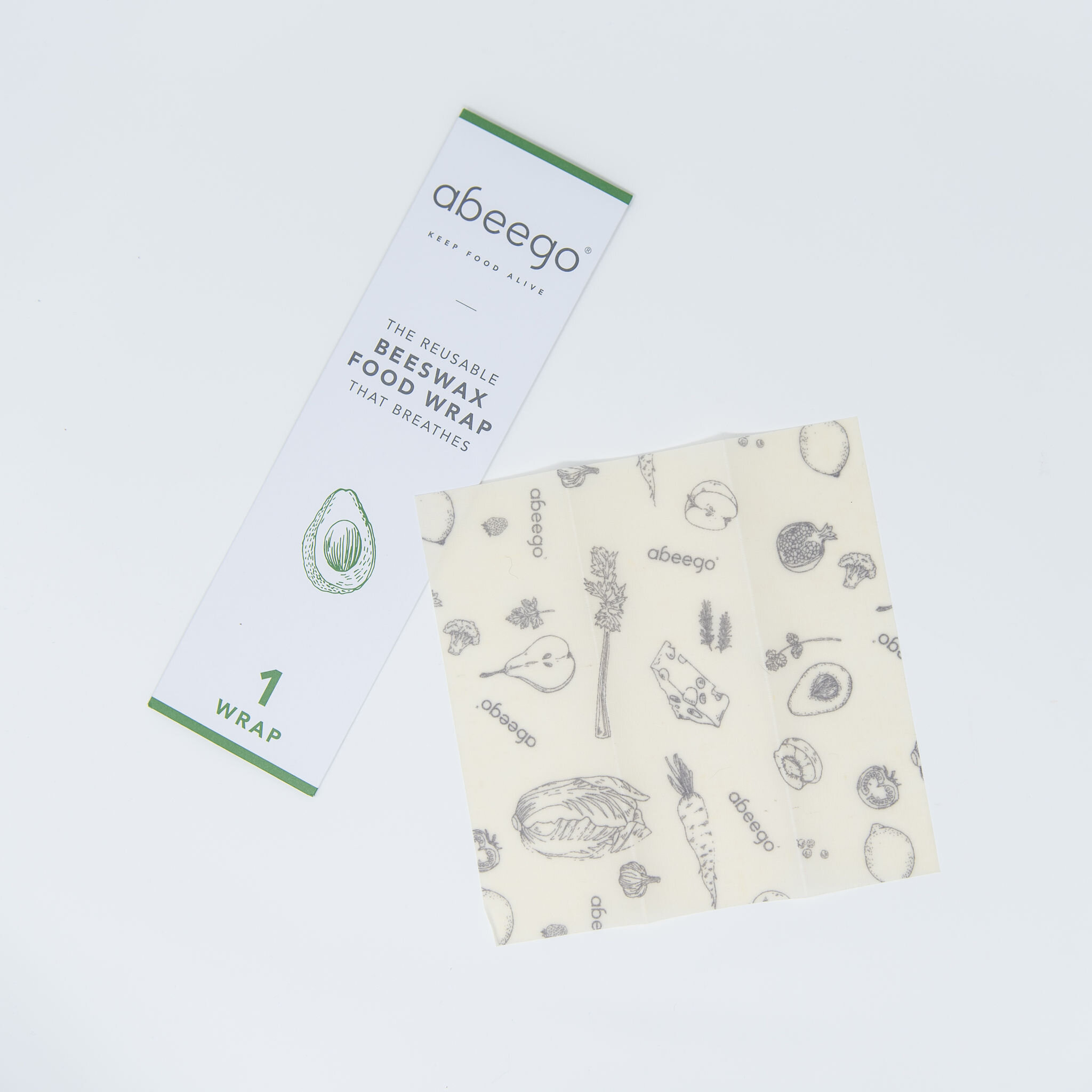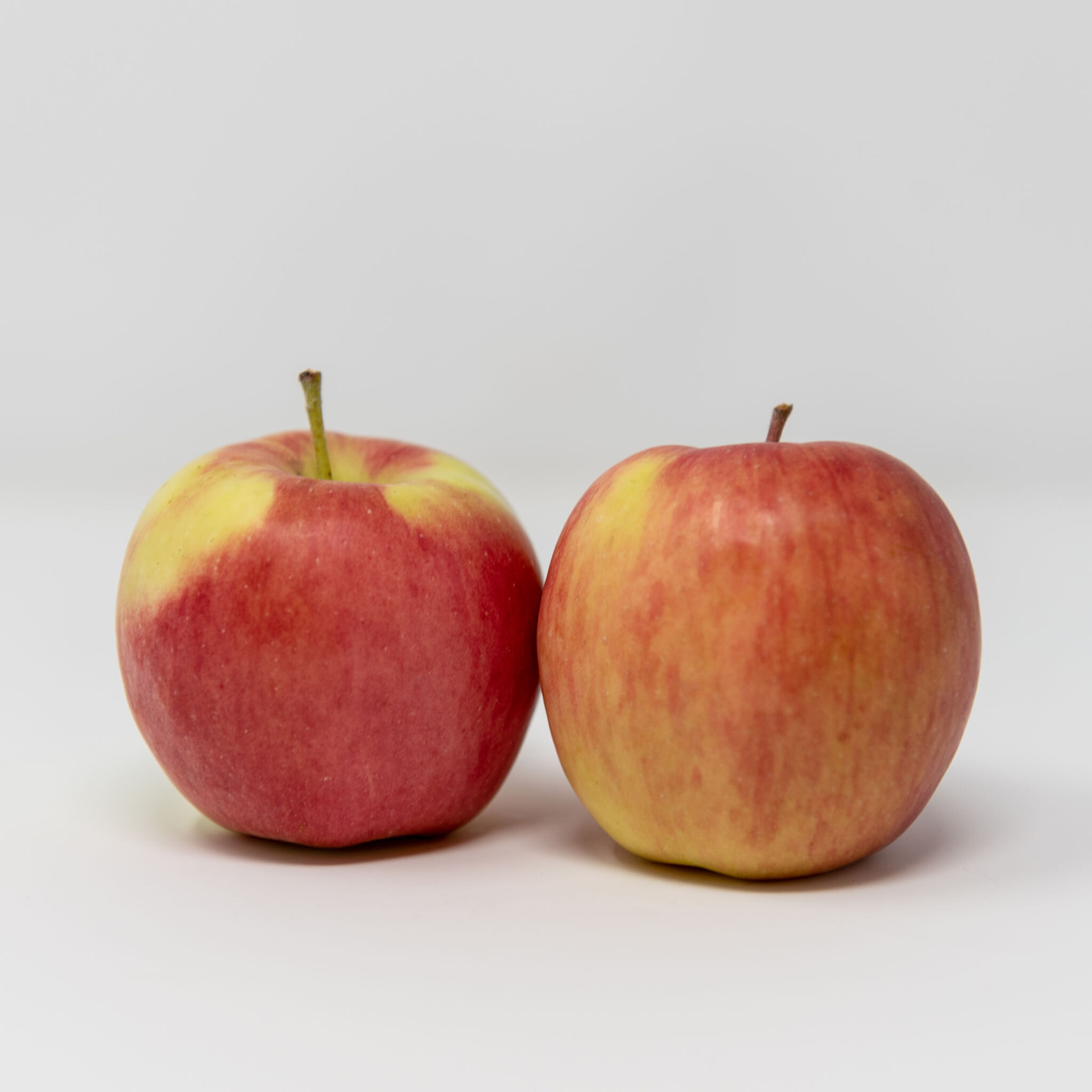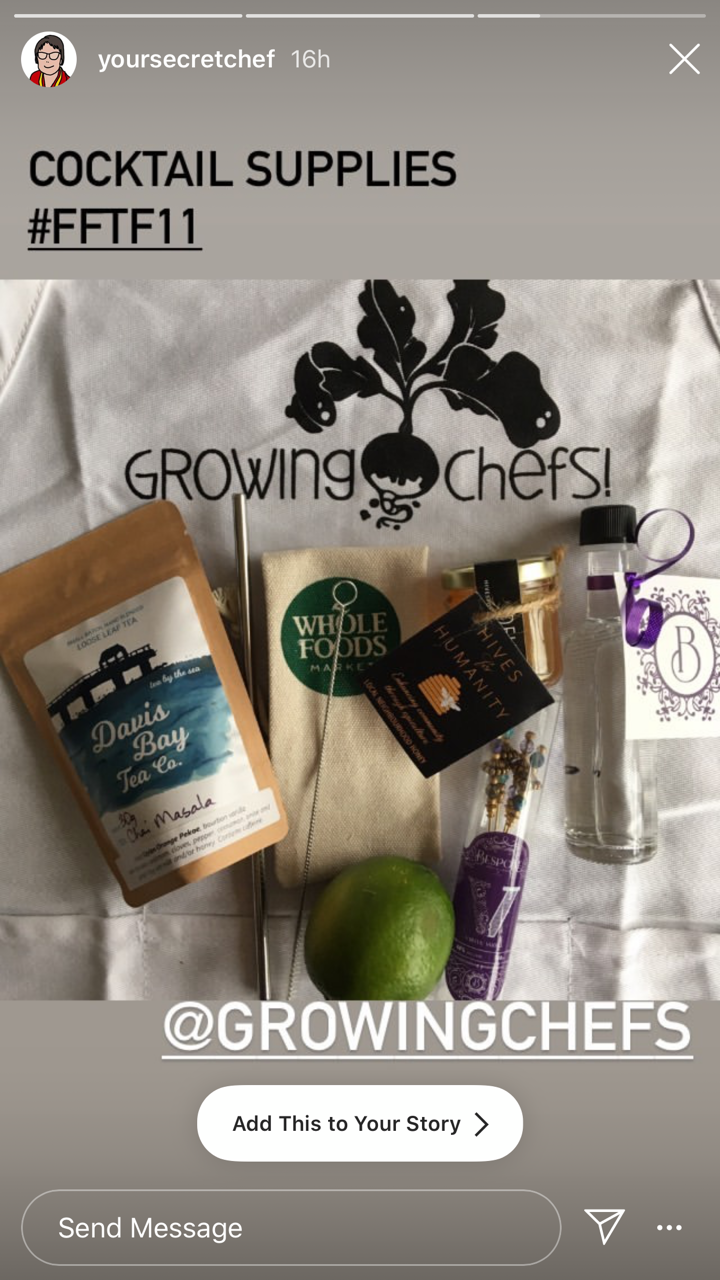Today is Spinach Day at my house as this is perfect timing to sow spinach for fall, winter, and spring harvests: days are short enough now that most spinach seedlings won’t bolt even in hot weather. Spinach does best if it is protected from heavy winter rain by being grown under the overhang of a roof or in a cold frame (see photo above) or tunnel.
Mulch the soil around the plants in November to protect the roots. And no matter how battered your plants are by winter weather, don’t give up on them, because most will survive to sprout a whole new crop of leaves in March and April.” If you hurry, these other winter crops can be sown up until early August: leaf turnip/mizuna, sweet onions, and scallions, broccoli raab.
Cilantro can also be sown in late August to mid-September. If planted in October, Garlic will have time to grow a large root system before it starts to make bulbs in May and June for harvest in mid-July. Broad beans or Fava beans: sow in October, harvest in spring.
Linda Gilkeson has created a handy chart When to Plant for Winter Harvest.
Digging in with the Kids - Growing Chefs Integration Idea:
This is a great opportunity to introduce kids to garden crop planning. Have them pick a couple of crops they would like to grow, and research together what the plants need to thrive, and when to start the seeds. This is a great opportunity to practice reading and writing while making a great garden plan together!
Question from Susan in North Vancouver:
What lettuce varieties do well in fall/winter?
Answer:
Frost-hardy varieties that overwinter include Winter Density, Rouge d’Hiver, Arctic King; there are also these that do well both summer and winter: Continuity (aka Merveille des Quatre Saisons), All The Year Round. West Coast Seeds Winter Blend is a traditional French mesclun recipe. They also have Red Sails, Capulin and Vit Corn Salad Mache among several other winter lettuce varieties.
Question from Susan in North Vancouver:
When do I plant garlic?
Answer:
If planted in October, garlic will have time to grow a large root system before it starts to make bulbs in May and June for harvest in mid-July.
Question from Lauren in White Rock:
I am wondering what would be the best plants to grow for a kitchen windowsill garden this winter?
Answer from Jennifer:
Hi Lauren, if you are trying to grow on a kitchen windowsill, I assume you will be restricted to smaller size pots so I think herbs are your best option. You will need to choose herbs that grow in shady conditions because there are fewer hours of sunlight during the winter months. You might consider sage, mint, marjoram, parsley, and chives.
If you want to grow sun-loving herbs, like basil & rosemary, you will need a southern exposure and you will need to supplement with some artificial light in order to achieve the 6-8 hrs of sunlight that these herbs require. If your home is dry, you might consider misting or placing your planters on top of pebbles placed in a water tray.
As your cold frame is larger and outside, hopefully in a sunny location (south or west exposure) you could consider lettuce, radish, carrots, onions, spinach, arugula, beets, leeks or any hardy vegetable or herb that the size of your cold frame will accommodate at harvest time. The highest-yielding winter vegetables (based on commercial farm conditions) are onions, carrots, spinach, and lettuce. I'm glad you are considering a winter garden as some vegetables (carrots, scallions, kale) can be much tastier grown over the winter months. Good luck!
Digging in with the Kids - Growing Chefs Integration Idea:
Here at Growing Chefs, we are big believers that you can grow in any space! We are typically in classrooms in the fall, and have had great success growing our indoor windowsill gardens with kids. Yes, sometimes our indoor windowsill gardens do not take off, but we have a lot of fun learning about how plants grow and develop in different conditions. We make sure to add in an element of science by tracking the growth of plants and making hypotheses about what we expect will happen with different variables like temperature, light, growing container, soil, etc.
For container growing, check out our blog post on using different recycled materials to grow in here! Keep an eye out for our Fall Growing Chefs at Home program where we will feature a 2-part video series on ‘Plant Growth Science Experiments!’












































































